In today’s world, where thousands of yoga classes take place every week, where we train as teachers and have to try and maintain our lifestyles by bringing in students, it might seem somewhat of an anachronism to ideate the idea of facilitation ahead of idolatry, which is what yoga, with its guru-led systems, has dealt with for so long.
But as anyone who works in any developmental/training capacity knows, the idea is that you upskill people so that they themselves have the ability to move forward independently of you. Working in digital, this is something I’ve been doing for years, teaching colleagues how to use various systems, create content, etc. In my ‘other’ industry, we have seen a movement from digital as something entirely separate to something embedded throughout entire organisations, where everyone has some responsibility for some element. We are still there as the subject matter experts, but people can act more independently of us than before.
This is very similar to how the amazing Donna Farhi Yoga envisions the role of the teacher. She says: “We teach students to let go of them, to become independent of us. The role of a teacher is a facilitator, guiding students to a place where they can realise their own potential, be taught by their own practice and exploration, and awaken their own body’s innate intelligence as their teacher.”
Teachers like myself will tell you ‘it’s your practice, your body’, and try not to proscribe particular poses or force people into movements that aren’t good for their body. This is also particularly pertinent to me as a practitioner of mysore-style ashtanga, where you pick your own way through the practice, learning the sequence, and the teacher occasionally joins you to guide through improvements and tweaks, leaving you with a solid practice you can do by yourself, but with a reference point if you need help. I've learnt to adapt the practice to work for me, not to try and make my anatomy do things that will hurt it or that don't benefit me.
I agree wholeheartedly with Donna, but as ever, there are always going to be difficulties here - not every student want to be independent of their teacher, and that's also okay. Many prefer to be told what to do, and also find it hard to understand why something like mysore is worth the same amount of money for a class as a led class - if the teacher isn’t speaking to me the whole time, what am I paying for? But those of us who do practice mysore style know of the special atmosphere, the confidence boost of having the sequence in your head, ready to go at a moment’s notice, the hard work that goes into learning sequences, the tiny incremental improvements and so on.
And there’s nothing better than being able to get onto the floor anywhere and take your own practice. When your head is full of ideas, instead of blankly waiting to know where to put one’s hands when a YouTube sensation tells you to. We’ll never lose the led classes because of those mentioned above, but today we see a stronger push towards an experiential, somatic practice, led by individuals such as Julie Martin - Brahmani Yoga Louise Morgan Yoga, which help practitioners become embodied, instead of relying on someone else to do it. Times are changing, and that's a good thing.

